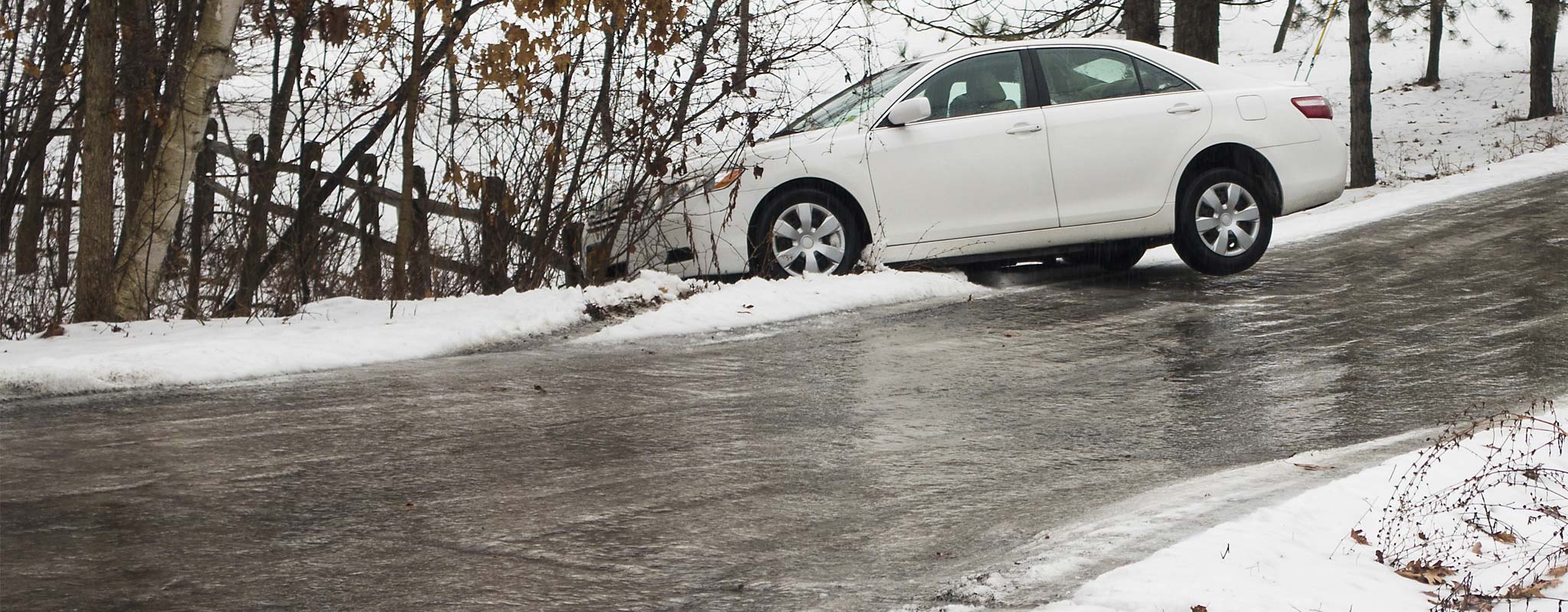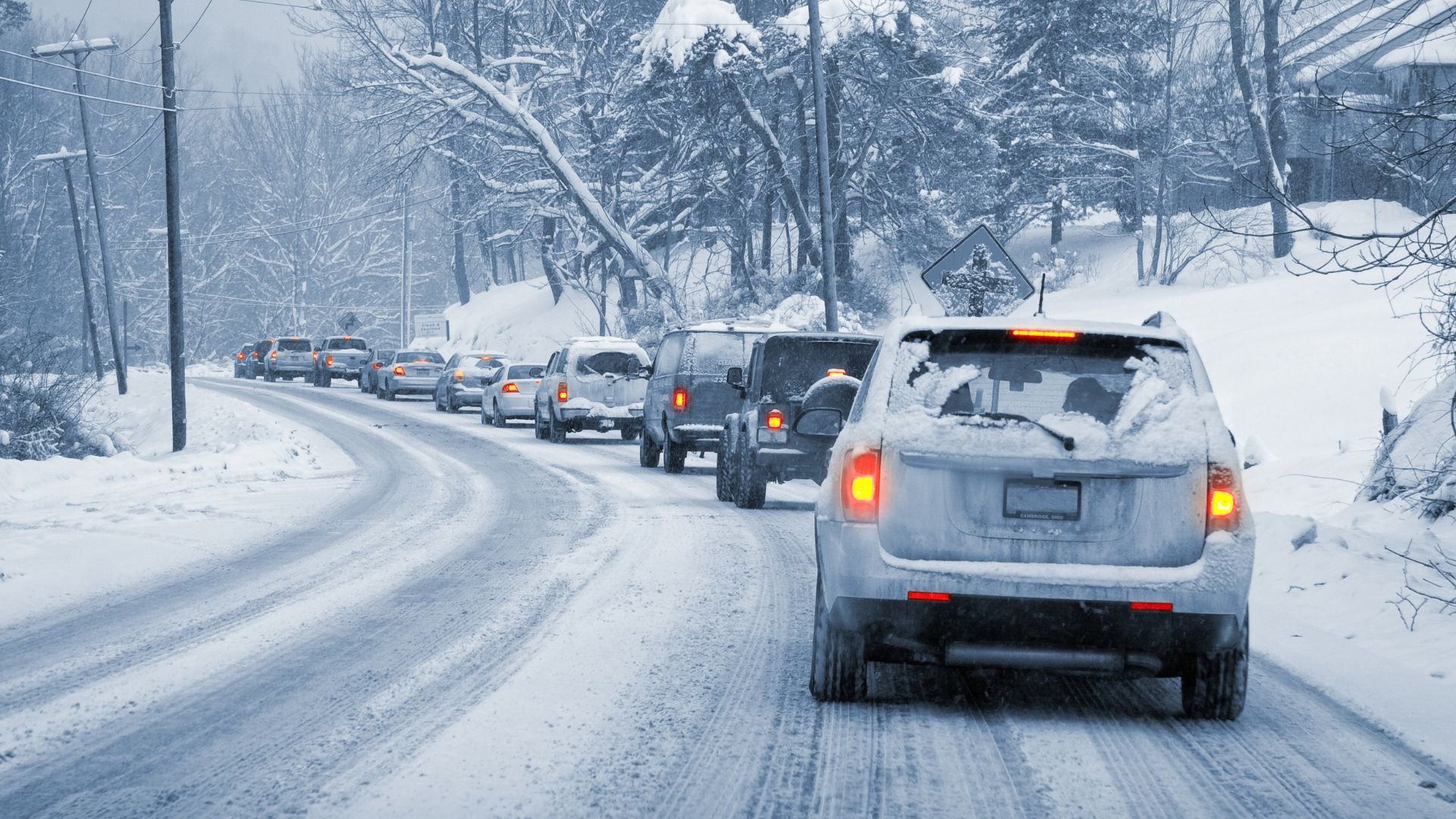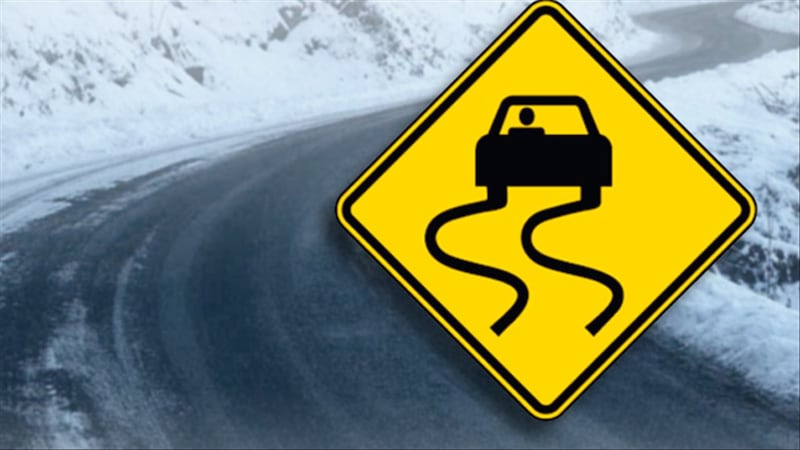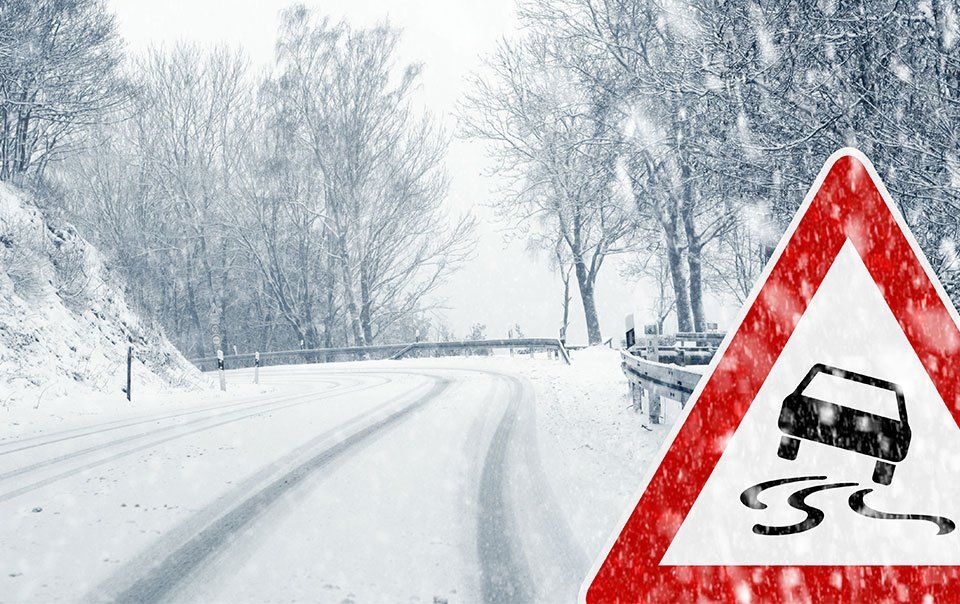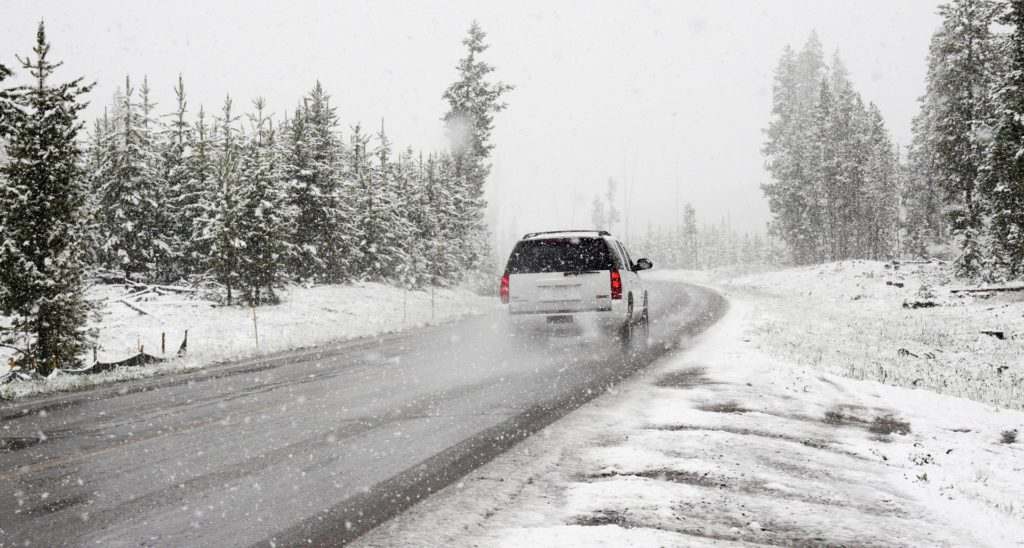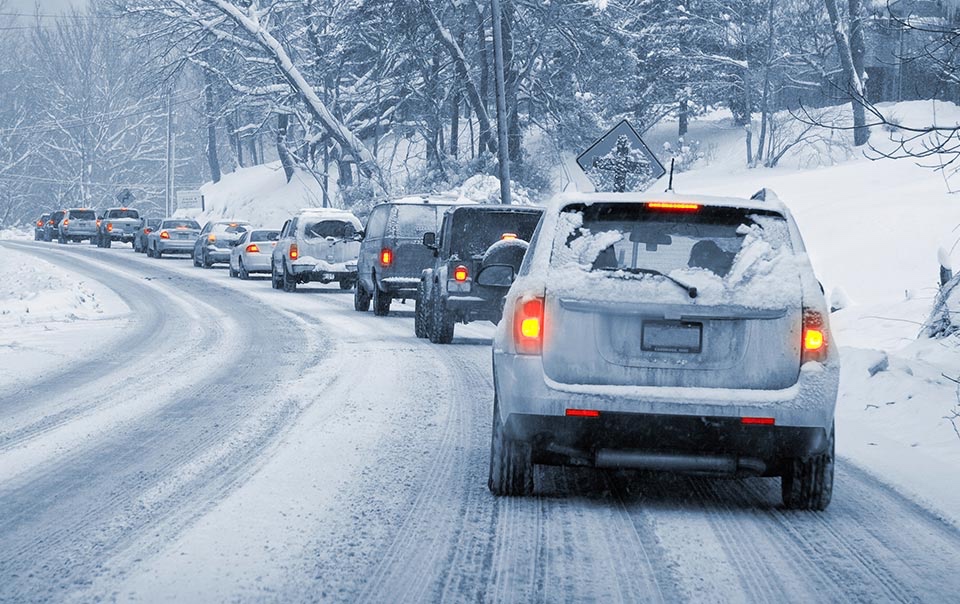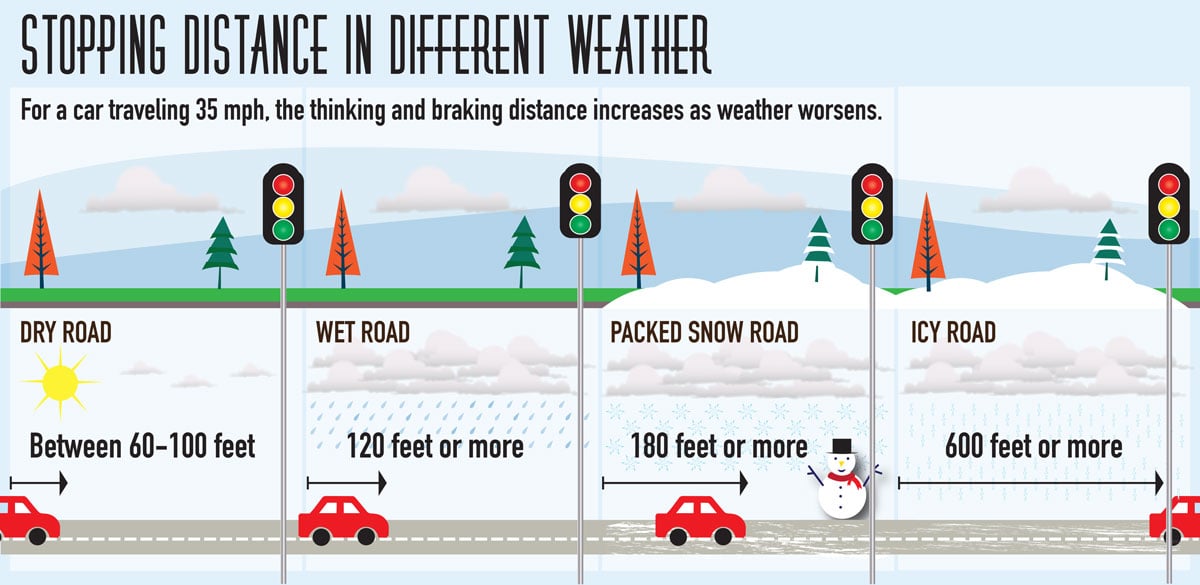
Understanding Braking Distances on Winter Roads
Recognize that stopping distances can increase 10 times on ice compared to dry pavement. Start braking much earlier than normal, apply steady gentle pressure, understand that panic braking leads to loss of control, test brakes in safe areas to feel road conditions, and maintain much larger following distances to compensate for reduced traction and longer stopping requirements.
